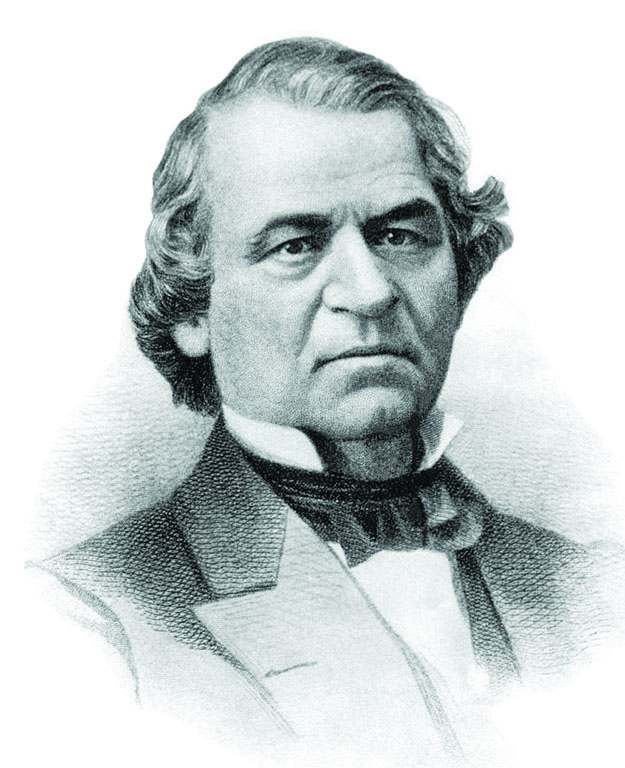Confused about impeachment: 1942 film helps explain the complicated process through its first use
Andrew Johnson became president after President Abraham Lincoln was assassinated in 1865. He was impeached three years later and was one vote shy of being convicted in Senate.
On Sept. 24, CBS News published an article stating that Nancy Pelosi announced that the House of Representatives is formally launching an impeachment inquiry for President Donald Trump.
This announcement came after it was revealed that Trump spoke with the president of Ukraine and asked him to take actions to benefit himself politically in exchange for aid to Ukraine. Trump also spoke about Joe Biden with the president of Ukraine, claiming to be concerned about corruption in the U.S. Trump’s actions betrayed both national security and his oath of office, which were the main reasons for the impeachment inquiry.
This is a very significant event in U.S. history, as this is the first time an impeachment inquiry has been launched since the impeachment of Bill Clinton. The very first president to be impeached was Andrew Johnson, the 17th president of the United States, who became president after Lincoln’s assassination in 1865.
The movie “Tennessee Johnson” from 1942, starring Van Heflin as Johnson, depicts his road to becoming the president and what led to his eventual impeachment. This can be connected to the impeachment inquiry going on today. Because it has been decades since the impeachment process has begun for a president, many might not know or remember how this is done, making a film like this even more useful.
The impeachment of Andrew Johnson began when he vetoed legislation that protected the rights of freed slaves, which Congress had already passed. This was the reason Johnson’s impeachment process began on March 5, 1868.
Pennsylvania Congressman Thaddeus Stevens, a very passionate abolitionist, began the movement to impeach Johnson. This also related to the fact that Stevens was a strong advocate for the rights of freed slaves. In terms of the film, controversy arose concerning some of the dialogue. Viewers felt that some of the dialogue was derogatory towards Abraham Lincoln, and some of the historical facts were incorrect. However, audiences praised Van Heflin’s portrayal of Johnson, although Johnson is portrayed in a more sympathetic light than Stevens.
This film is even more useful today now that this issue is currently relevant. Through films like these we can educate ourselves about current political events. The impeachment process begins in the House of Representatives with a majority vote. After this vote, the Supreme Court holds a trial requiring a two-thirds majority vote in the Senate in order to remove a president from office. Although the process has remained relatively the same throughout the years, the grounds for specific impeachment have varied with each case. Because the process has remained relatively the same, looking back at films like these can be an entertaining and interesting way to review or learn about the impeachment process.

I'm Isabella Bass, and I'm a junior Writing and Rhetoric major with a concentration in Journalism and Digital Media. I've lived in Austin my whole life,...










